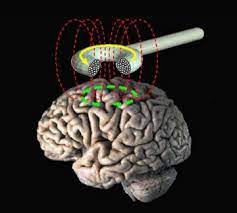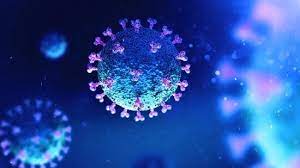Why recently in news?
Accor1ding to recent research from the University of Missouri School of Medicine, there may be another approach called Transcranial Magnetic Stimulation – to cure cigarette addiction. Researchers observed that theta-burst transcranial magnetic stimulation (TBS) application results in reduced smoking.
How it works?
It uses powerful, rapidly fluctuating magnetic field pulses to influence brain activity, can promote self-control, reduce cravings, and, as a result, lead to reduced smoking.
Research suggests these differences may affect inhibitory control (IC), which is our control over automatic urges and response to stimuli – what enables humans to stop an impulsive reaction to something.
Brain changes that occur in chronic smokers
People with nicotine dependence tend to have significant structural and functional differences in the brain, compared to healthy non-smokers. Smoking cigarettes has been shown to be associated with less grey matter, which means they have less neurons and other cells in the brain.
Mechanism of TBS
TBS refers to when magnetic pulses are applied to the brain in bursts of three and come in two forms: continuous TBS (cTBS) and intermittent TBS (iTBS). cTBS consists of applying these three bursts repeatedly for 40 seconds, whereas iTBS applies the same number of pulses irregularly for more than 190 seconds.
Uses of Magnetic Stimulation
Magnetic stimulation has been used to treat other mental illnesses and disorders. cTBS has been experimentally tested to treat generalized anxiety disorder, whereas iTBS to the left dorsolateral prefrontal cortex – a part of your brain responsible for cognitive processes – is FDA-approved for treating major depressive disorder.
Scientists examined the effects of both cTBS and iTBS to the right inferior frontal gyrus, a brain region heavily involved with IC.
Researchers found that cTBS improved Inhibitory Control, whereas both cTBS and iTBS reduced cravings and, subsequently, smoking.
Identifying treatments that improve IC may help reduce smoking and can potentially help with preventing relapse following when a person attempts to quit smoking.

